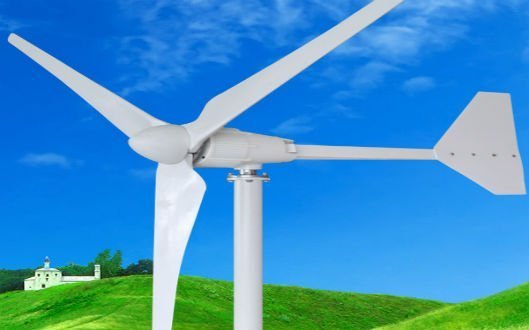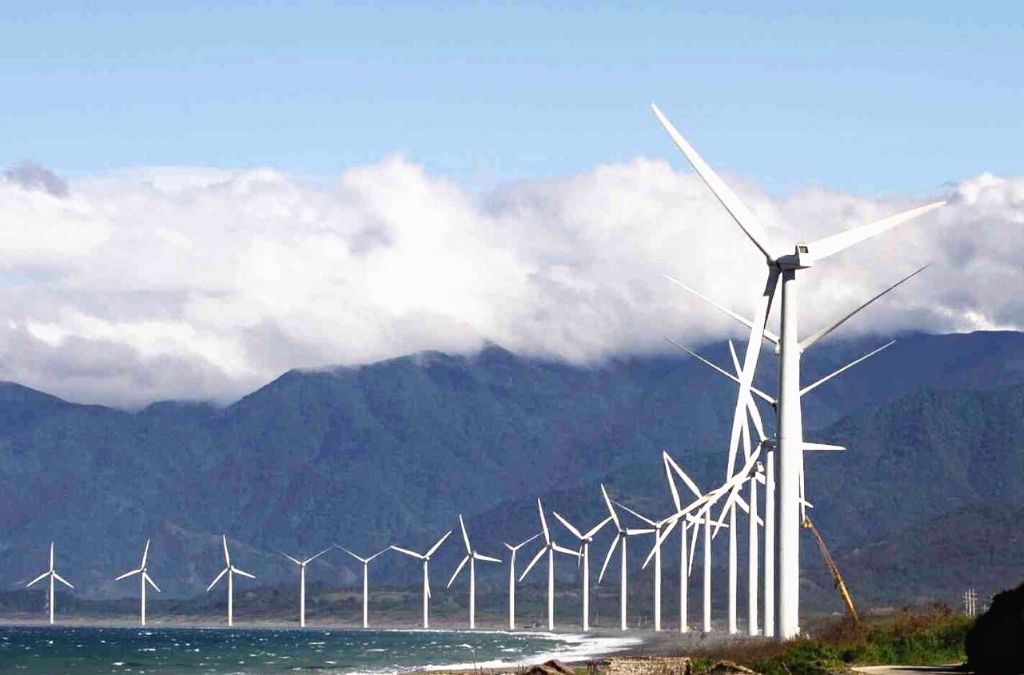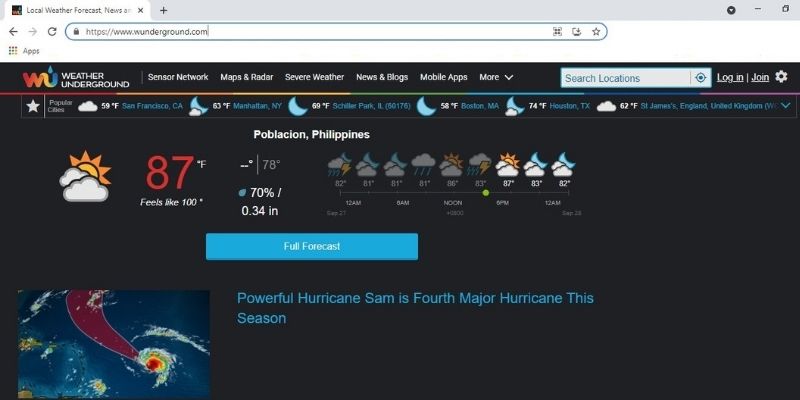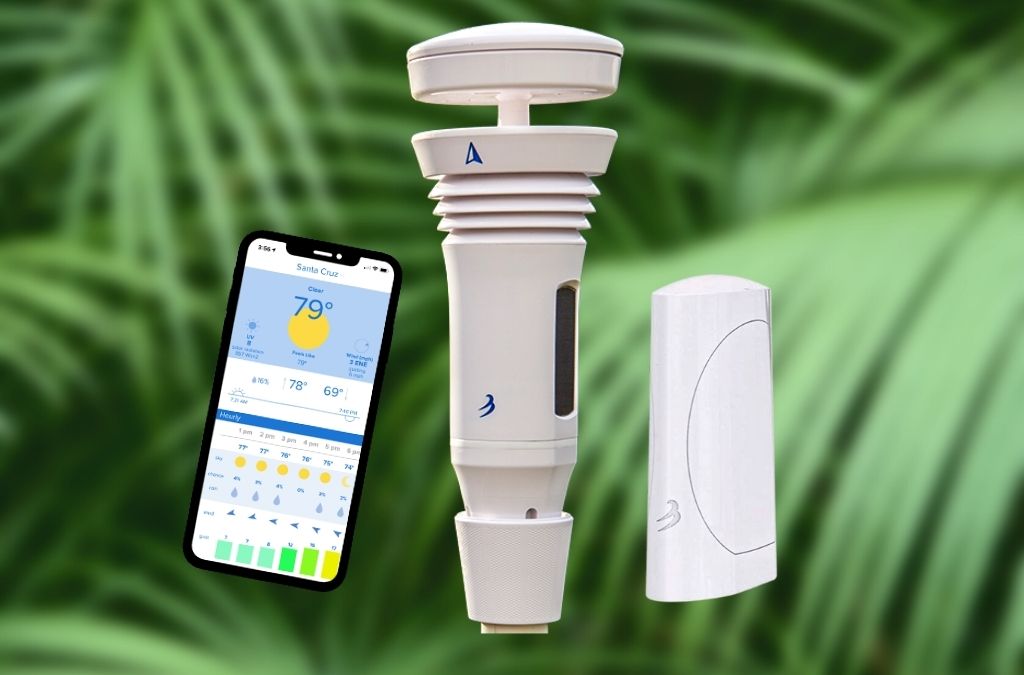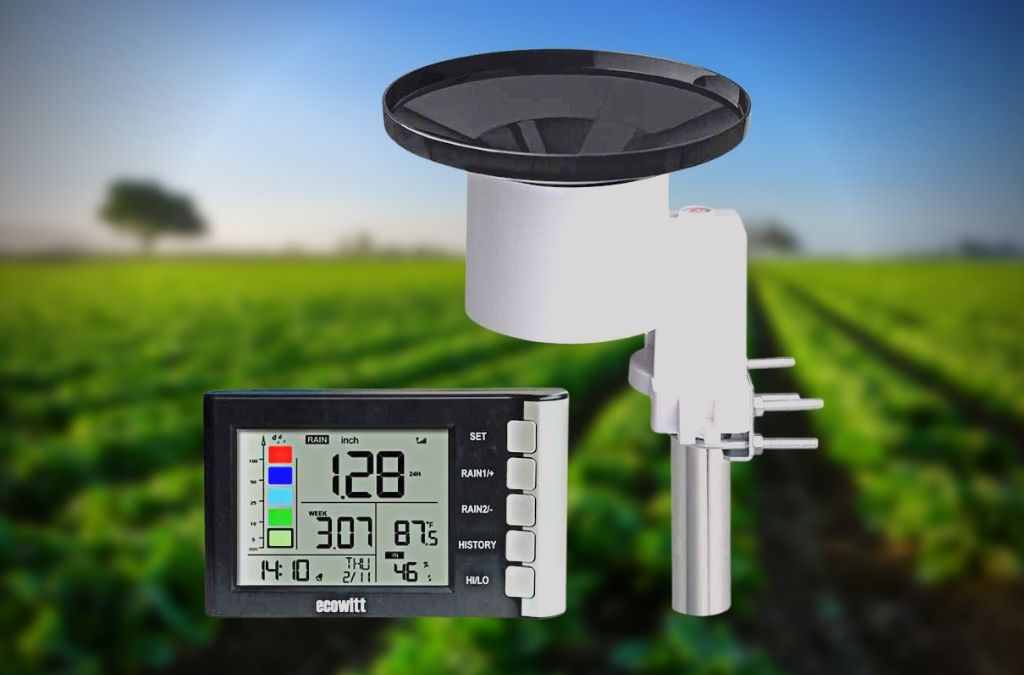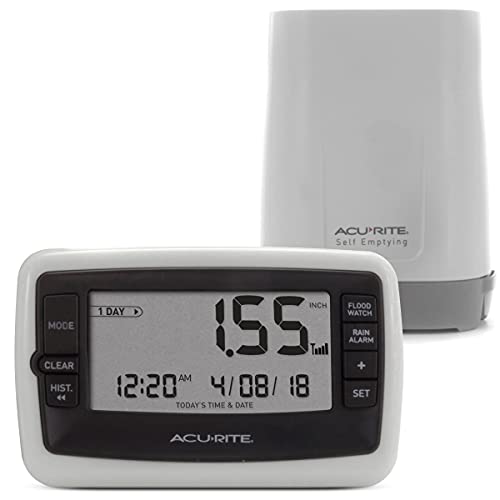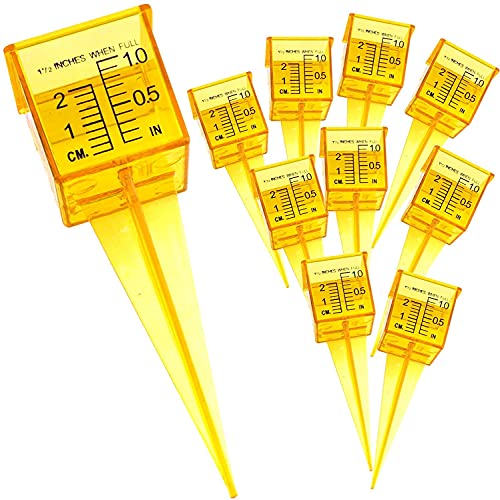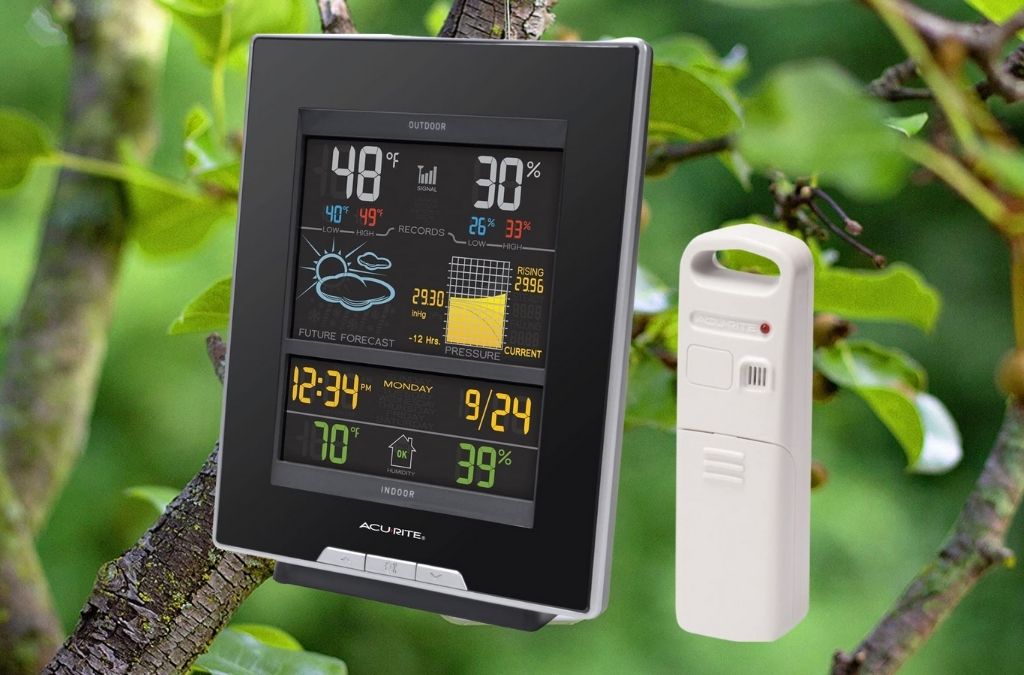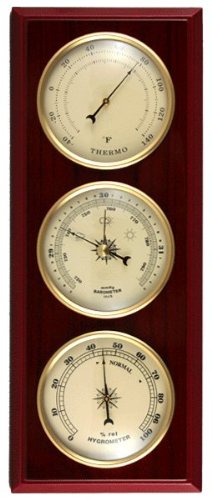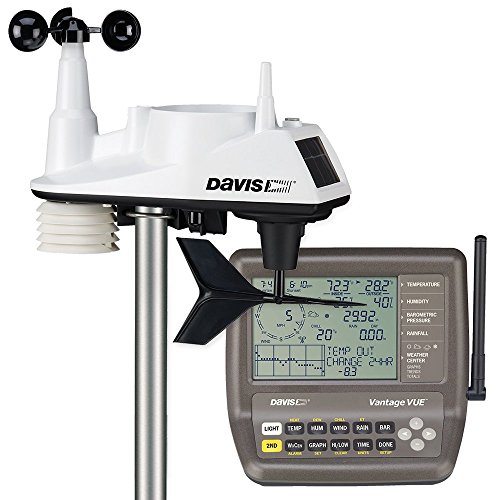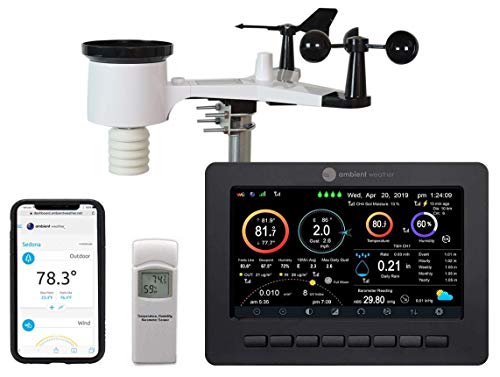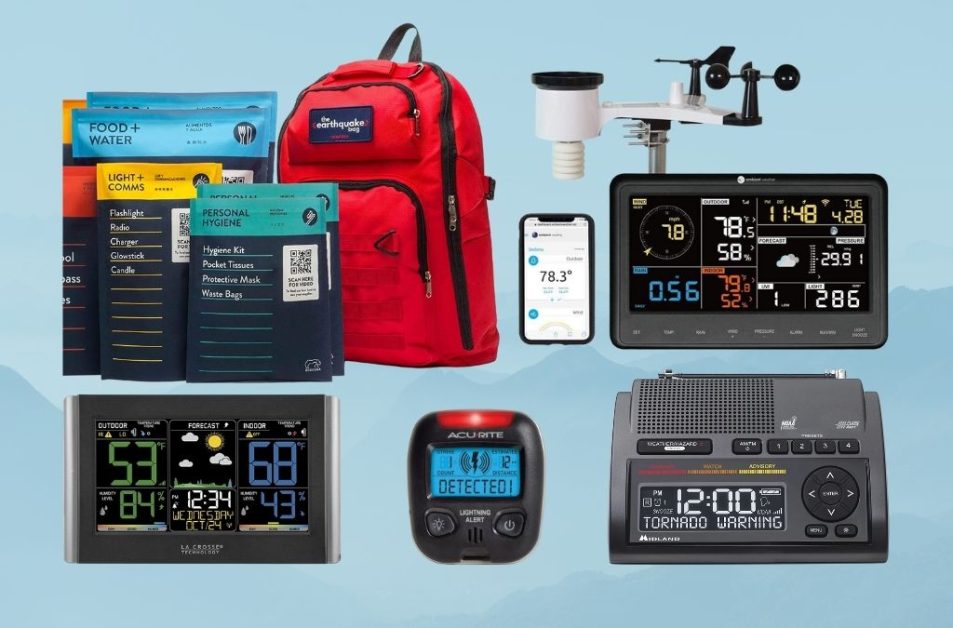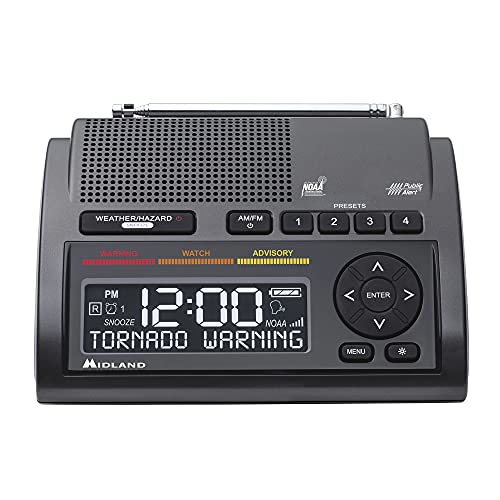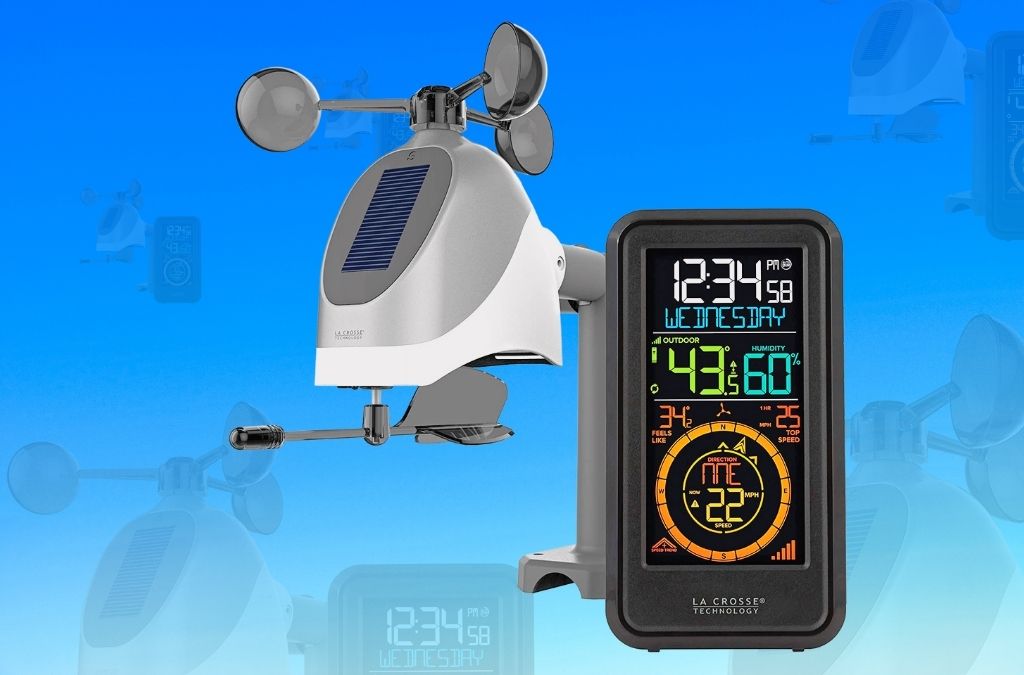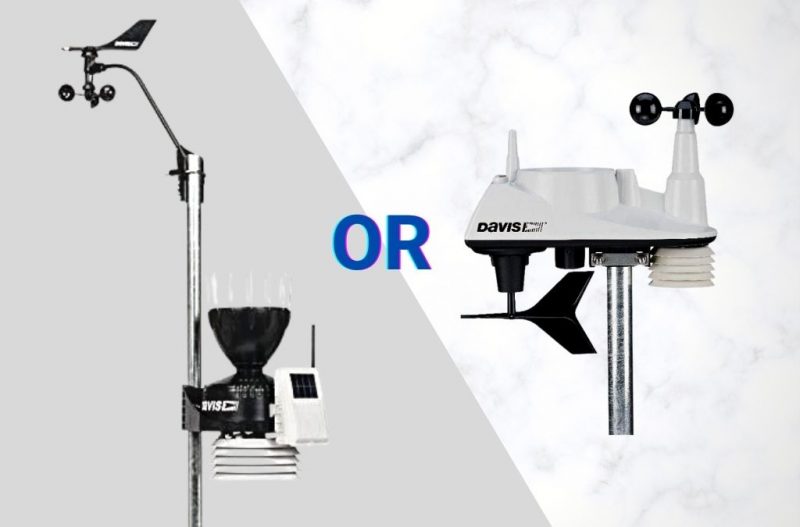
Bamboo Gardening Tips For Easy Growing Anywhere
by Eva McQueen | Nov 26, 2022 | Gardening, Guides
If you’re looking for an interesting and unique way to garden, consider bamboo gardening. Bamboo is a type of grass that can be easily grown in containers or in the ground. It adds a beautiful and unusual look to any landscape.
To get started, learn about different types of bamboo and how to best care for them. Master this and you’ll be an expert in bamboo gardening in no time!
Bamboo Gardening With Different Types
These are different types used in both indoor and outdoor bamboo gardening:
Running bamboo
Running bamboo can spread quickly and aggressively. Using rhizomes, this horizontal root system can branch out 3 to 5 feet each year. It is often used for screening or privacy hedges, as it can grow up to 10 feet tall. In the right setting, it can grow up to 5 feet in a single season.
Plan carefully where you plant to ensure it doesn’t take over. One aspect of bamboo gardening is planting the best species for your space.
Clumping bamboo
Clumping bamboo is a type of bamboo that is known for staying in one place. It does not spread like other types of bamboo, making it a good choice for those who want to keep their bamboo in one spot.
New shoots come up from buds on the roots which stay very close to the original stalk.
Species Of Bamboo For Gardening
Phyllostachys Nigra
Phyllostachys nigra bamboo is known commonly as black or purple bamboo, It grows very tall and initially has green culms that turn black after 2-3 seasons.
It is a fast-growing bamboo that can reach heights of up to 60 feet. Phyllostachys nigra is a cold-hardy bamboo that can tolerate temperatures as low as -20 degrees Fahrenheit.
Fargesia Rufa
Fargesia rufa bamboo is a slender, clumping bamboo that reaches a height of 12-15 feet. It has thin, green leaves with a reddish hue and produces small, yellow flowers. Fargesia rufa bamboo grows best in full sun or partial shade and prefers moist, well-drained soil. It is cold and hardy to USDA Zone 5.
Semiarundinaria Fastuosa
A Semiarundinaria fastuosa bamboo is a beautiful ornamental plant that can grow up to 25 feet tall. It has delicate green leaves that grow in clumps and can be used for screening or privacy. The bamboo culms are light green and smooth, and the branches are delicate and arching.
Pseudosasa Japonica
A Pseudosasa Japonica bamboo is a tall, green plant that can grow up to sixty feet high. It has thin, green leaves that grow in clumps at the top of the stem. The bamboo culm, or stem, is hollow and can be used to make baskets, furniture, and other crafts.
There are many different types, so it’s important to know how to choose the right one for bamboo gardening.
Finding The Right Species For Bamboo Gardening In Your Area
The best way to choose the right bamboo for your garden is to consider the following factors:
Your climate
- Cold, wet, or humid: If you live in a climate that is cold, wet, or humid, then you should plant clumping bamboo. Some good choices of clumping bamboo include Fargesia rufa and Semiarundinaria fastuosa.
- Warm: If you live in a warm climate with full sun, then you should plant Phyllostachys nigra bamboo. It is a cold-hardy bamboo that can tolerate temperatures as low as -20 degrees Fahrenheit.
- Warm and shady: If you live in a warm climate with partial sun or shade, then you should plant Fargesia rufa bamboo. Fargesia rufa bamboo grows best in full sun or partial shade and prefers moist, well-drained soil. It is cold and hardy to USDA Zone 5.
The type of soil in your garden
If you have well-drained soil, then you can plant any type of bamboo. However, if your soil is wet or clay-based, then you should plant clumping bamboo. Some good choices of clumping bamboo include Fargesia rufa and Semiarundinaria fastuosa.
The amount of space you have
If you have a large garden with plenty of space, then you can plant any type of bamboo. However, if you have a small garden or limited space, then you should plant clumping bamboo.
Once you’ve considered these factors, you can narrow down your choices and choose the best bamboo for your garden.
How To Plant Bamboo?
If you’re planting bamboo in the ground, it’s important to choose a spot that is well-drained and has plenty of room for the roots to spread. You’ll also need to dig a hole that is twice as wide and deep as the roots of the plant.
Check out this sample video of planting bamboo in the ground
To plant bamboo in a container, choose a pot that is at least 18 inches wide and has drainage holes. Fill the pot with a well-drained potting mix, and then place the bamboo plant in the center of the pot. Water the bamboo regularly, and fertilize it every month during the growing season.
When To Plant For Bamboo Gardening?
The best time to plant bamboo is in the spring or fall. Bamboo plants need time to establish themselves before the hot summer months, so planting them in the spring gives them a head start. Fall is also a good time to plant bamboo, as the cooler temperatures help the roots to grow.
Where Is The Best Place To Plant Bamboo?
The best place to plant bamboo is in an area that receives full sun or partial shade. Bamboo plants need at least four hours of direct sunlight each day, but they can tolerate up to eight hours of sun. If you live in a warm climate, it’s best to plant bamboo in an area that receives afternoon shade.
Bamboo Gardening Care
Bamboo plants are relatively easy to care for. Water them regularly, and fertilize them every month during the growing season. If you live in a cold climate, you’ll need to protect your bamboo plants from the cold winters. You can do this by mulching them with straw or placing them in a sheltered spot.
How To Control Bamboo Growth?
Bamboo plants can spread rapidly, so it’s important to control their growth. One way to do this is to plant them in containers. This will help to contain their roots and prevent them from spreading. You can also prune bamboo plants to keep them under control. Regular pruning will help to prevent the bamboo from taking over your garden.
Bamboo Gardening Tools And Equipment
- Shovel, Rake
- Hoe
- Pruning shears
- Mulching material (straw, leaves, etc.)
- Fertilizer, Garden hose, and nozzle
Bamboo Gardening Gadgets And Technologies
Weather Gadgets
Listed below are useful weather gadgets to help you grow your bamboo plants.
- Soil testing kit: This gadget will help you to determine the acidity or alkalinity of your soil-Bamboo plants prefer slightly acidic soil with a pH between 6.0 and 7.0. Moreover, help you to determine the type of soil in your garden and choose the best bamboo for your needs.
- Watering timer: This will help you to water your bamboo plants on a regular schedule.
- Soil moisture meter: This gadget will help you to determine when your bamboo plants need watering.
Weather Stations
You can read how the weather station works in this article. And here are some of the best-selling weather stations in the market today;
Bamboo plants are a great addition to any garden. They’re easy to care for and can add a touch of beauty and elegance. With proper care, bamboo plants will thrive and provide you with years of enjoyment.
Bamboo Gardening Key Takeaways
- Here are a few tips to help you grow healthy bamboo plants in your garden:
- Choose the right bamboo for your climate and soil type.
- Plant bamboo in the spring or fall.
- Water bamboo plants regularly, and fertilize them monthly during the growing season.
- Protect bamboo plants from cold winters by mulching them with straw or placing them in a sheltered spot.
- Prune bamboo plants regularly to control their growth.
With these tips, you can successfully grow bamboo in your garden and enjoy its beauty for many years to come.
Conclusion
So there you have it, our complete guide to bamboo gardening. We hope that this article has answered all of your questions and given you the information you need to get started with your own bamboo garden. Do you have other ideas about bamboo gardening? Let me know in the comment below – we would love to hear from you!
If you are interested in lowering your electricity bills, our recent post – Affordable Home Wind Turbines Below $600 would help. Read on!











